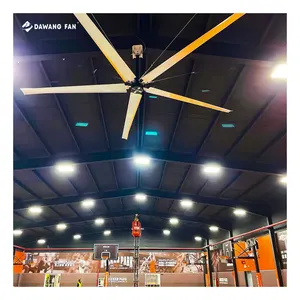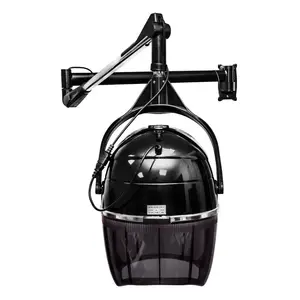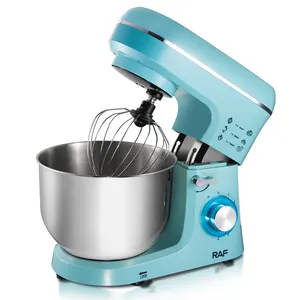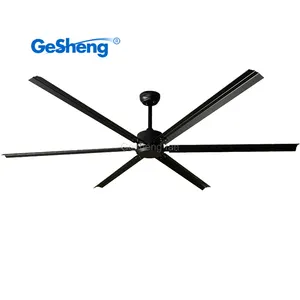Popular in your industry


















 Ready to Ship
Ready to ShipRelated Searches:











 Ready to Ship
Ready to Ship













Top categories
About blades for a ceiling fan
What Are Blades for A Ceiling Fan?
Blades for a ceiling fan are an important component, usually made of sturdy and durable materials to meet the needs of long-term, high-speed rotation. The design of ceiling fan blades also affects their performance. Large-area blade design can increase air volume and wind speed without increasing power while producing a more streamlined shape, improving efficiency, and reducing noise. The quick disassembly structure design of the blades facilitates cleaning and replacement. There are different shape and number of ceiling fan blades, such as small ceiling fan blades.
The Material of the Blades for A Ceiling Fan
Aluminum alloy material: The ceiling fan blades made of aluminum alloy material have the characteristics of being lightweight, durable, and not easily deformed. They are almost not deformed after long-term use, with large air volume, and are lightweight. They are more energy-efficient and durable than iron leaves. This type of material is more common for ceiling fan blades in high-end and large venues. Metal ceiling fan blades: Traditional ceiling fan blade material, mature technology, long-term use without deformation, with high air volume. But if the quality of the blades is poor and the cover of the fan blades is not good, there is a risk of breakage and flying out, which may cause injury to people and consume electricity. Plastic ceiling fan blades: Plastic fan blades are lightweight, energy-saving, affordable, and have a variety of shapes. But long-term use can cause deformation, feeling windless, and soon after correction, it will deform again.
Acrylic ceiling fan blades: Acrylic, also known as specially treated organic glass, has extremely high transparency, even more transparent than glass. Acrylic fan blades are generally used in invisible ceiling fan lights, and high-speed running fan blades are very natural and beautiful. Moreover, looking up directly at the rotation process of the fan blades will not cause dizziness. Solid wood fan leaf: Solid wood fan leaf is the most primitive among many fan leaves, which is a perfect combination of nature and modernity. Its main characteristics include natural wood aroma, lightweight texture, and well-arranged textures. However, when cleaning the fan blades, extra attention should be paid. Wiping should only be done with a dry cloth, not a damp cloth, to prevent deformation and moisture.
How to Clean Ceiling Fan Blades?
When cleaning ceiling fan blades, it is necessary first to turn off the power to ensure safety. Dip a clean cloth or sponge in warm or soapy water to wipe the surface and bottom of the ceiling fan blades. Be careful not to let water seep into the inside of the motor when wiping. If a large amount of dust or dirt accumulates on the ceiling fan blades, a soft brush can be used to scrub gently, but do not use sharp tools such as hard brushes or metal scrapers to avoid damaging the surface of the blades.
After cleaning, dry the ceiling fan blades with a clean cloth to ensure there is no residual moisture or cleaning agent. In terms of maintenance, a thin layer of lubricating oil, such as sewing machine oil or clock oil, can be applied to the surface of the ceiling fan blades to keep them running smoothly. But be careful not to use too much lubricating oil to avoid dripping and dirtying the ground or items. Regularly check whether the screws and fixing parts of the ceiling fan blades are loose, and tighten them in a timely manner if necessary. If the ceiling fan blades have been used for too long or are severely damaged, it is recommended to take the ceiling fan blades replacement.


























